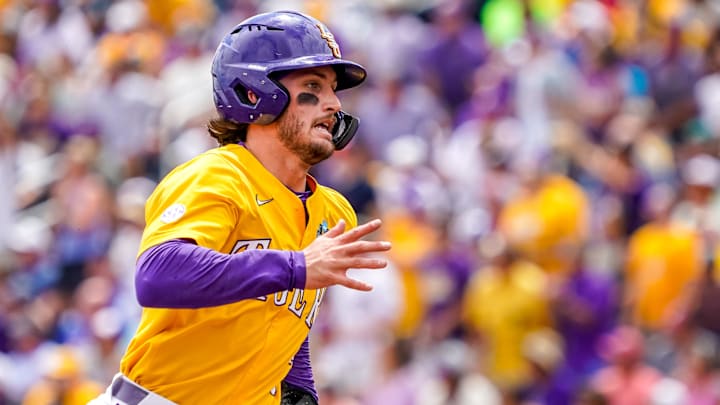Power - Brock Wilken
Brock Wilken is one of the best infielders in this year’s draft. He’s projected to go within the back-half of the first round, but whatever team that picks him will arguably get the best power hitter the draft has to offer. A 6’4”, 225 pounds framed 21-year-old, Wilken can generate a ton of pull-side power.
The Wake Forest third baseman batted .345/.506/.807 throughout 320 plate appearances. Wilken went yard 31 times, with an isolated slugging percentage peaking over .800. With that many home runs, Wilken was on pace for 58 home runs in 600 plate appearances. His ISO reached .462. For reference of how high that is, Barry Bonds only ever once produced an ISO over .430, and when Aaron Judge broke the American League home run record last season, his ISO was just .375.
Wilken also significantly cut his strikeout rate down from 2022 to 2023, going from 24.2% to 18.1%. That’s still a tad high, but it does give him a brighter outlook. He also nearly doubled his walk rate, going from 11.6% to 23.2%. His hit tool entered the year as a fringe-45 tool, to a 50-grade weapon.
Although Wilken has a sky-high offensive ceiling, he could end up as a somewhat positionless defender. Wilken has a cannon of a right shoulder, able to make the deepest of throws from third base. But he’s a well below-average runner. He moves just well enough to defend the hot corner and has good hands at the position, but if he slows down just a bit, he could be in trouble.
Whichever team drafts Wilken is taking him for his bat. He has the potential to be a 40+ home run threat, but his long-term defensive home is far from certain. He’ll get every chance to prove he can remain at third base until he proves otherwise.
